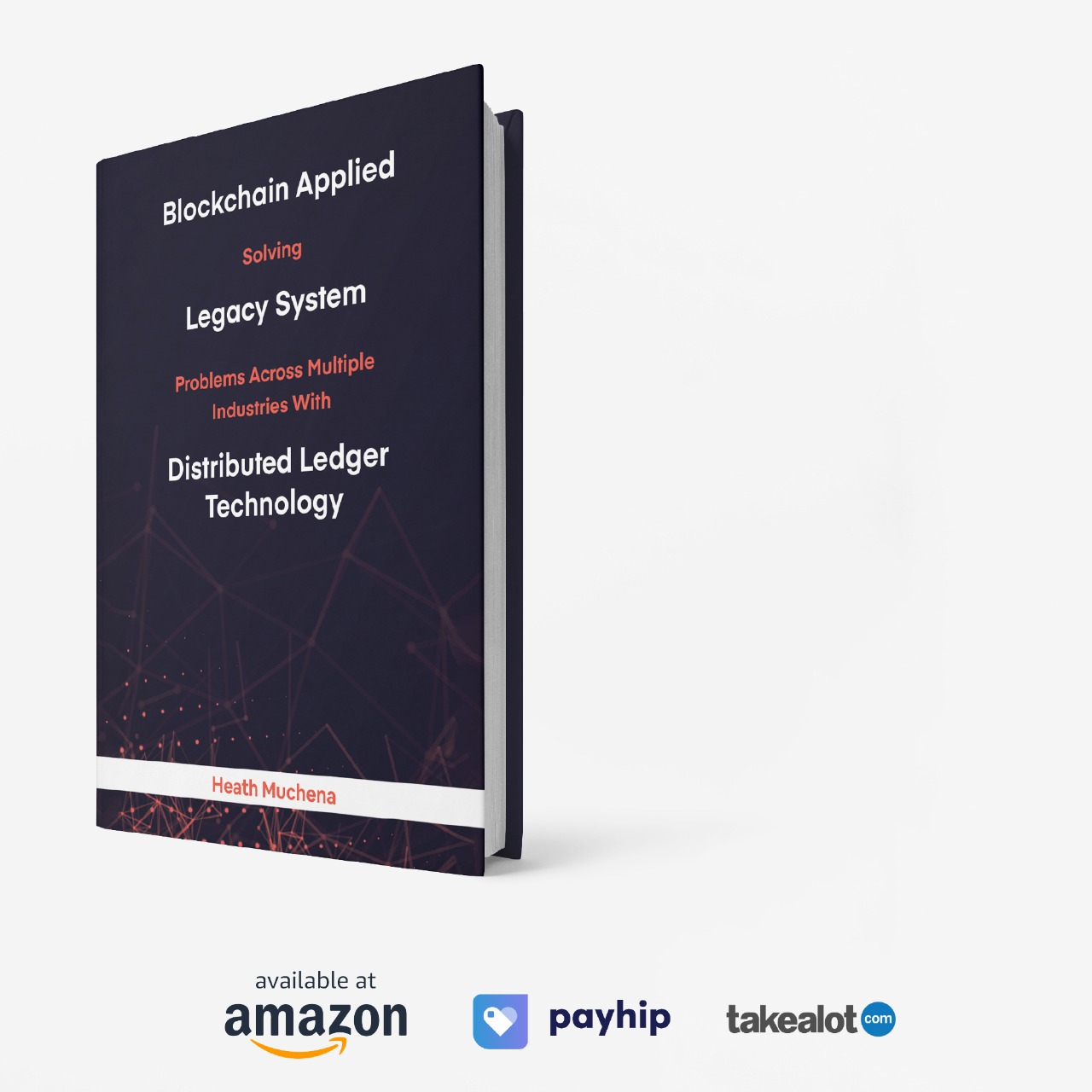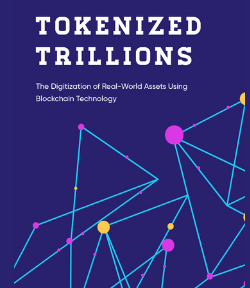
The New Macro Setup: Fiscal Dominance, ETF Flows, and Global Adoption
For years, Bitcoin’s bull runs were cyclical, driven by halvings, speculation, and bursts of retail FOMO. But 2025 is different.
We’re now in a macro environment defined by fiscal dominance—where governments spend far beyond their means, and central banks quietly enable it through balance sheet expansion. In the U.S., record deficits are now paired with ballooning interest costs, forcing policymakers into a perpetual liquidity drip-feed.
This liquidity is no longer just fueling stock buybacks and housing bubbles — it’s flowing directly into Bitcoin, thanks to spot ETFs that give institutions a compliant, easy access point. Meanwhile, global adoption is accelerating as emerging economies look for alternatives to dollar dependency.
Historical Supercycle Patterns — and What’s Different in 2025
Bitcoin has had three major supercycle arguments before:
-
2013: The “digital gold” awakening.
-
2017: Retail mania meets ICO boom.
-
2021: The institutional teaser, halted by macro tightening.
The 2025 setup is different because:
-
Liquidity sources are structural, not cyclical — pension funds, sovereign wealth funds, and corporate treasuries are now consistent buyers.
-
Infrastructure is mature — custody, settlement, derivatives, and compliance are institution-grade.
-
Adoption is layered — from sovereign reserves to DeFi collateral.
Spot ETF Inflows vs Previous Institutional Waves

In the first 12 months since approval, spot Bitcoin ETFs have vacuumed up more BTC than miners can produce — by a factor of 7. Compare that to 2021, when institutions tested the waters via futures ETFs and OTC desks, leaving most of the market still driven by speculative leverage.
Now, ETF demand is automatic, with asset managers allocating a fixed % of inflows to BTC, regardless of price dips. This mechanical bid acts like a liquidity black hole, swallowing supply before it hits exchanges.
Sovereign Bitcoin Accumulation — The Game Changer
El Salvador was the proof of concept. By 2025, multiple emerging-market central banks — from Latin America to Southeast Asia — are quietly adding BTC to reserves. Some are doing it openly, others through proxies.
Why? It’s a geopolitical hedge. For countries caught between U.S. and BRICS influence, Bitcoin is a neutral settlement asset that bypasses both SWIFT and political currency blocs.
Halving Supply Shock + Demand Surge Math

In April 2024, the block subsidy fell from 6.25 BTC to 3.125 BTC. That’s about 450 fewer BTC entering the market per day.
ETF inflows alone have been averaging 2,500 BTC/day. Simple math shows a net daily shortfall of over 2,000 BTC, and that’s before factoring in sovereign accumulation or retail speculation. Over months and years, this imbalance compounds — the classic setup for a parabolic melt-up.
Risks & Black Swans That Could Derail the Narrative
No supercycle is risk-free:
-
Regulatory clampdowns in key ETF markets.
-
Derivatives market blowups triggering cascading liquidations.
-
Macroeconomic shocks that force mass asset selling (like a 2008-style liquidity crisis).
-
Protocol-level issues undermining Bitcoin’s perceived security.
While these risks are real, the current buyer profile — long-term, compliance-driven capital — makes violent downside moves less probable than in prior cycles.
Key Metrics to Watch Weekly
If you’re tracking the $500K path, watch:
-
Open Interest (OI) — signals leverage buildup or flush-outs.
-
SOPR (Spent Output Profit Ratio) — shows whether holders are selling at profit or loss.
-
ETF Net Inflows — the new heartbeat of institutional demand.
-
Exchange Reserves — ongoing decline = supply squeeze confirmation.
Final Prediction & Positioning Strategies
If demand continues at current levels — and macro liquidity remains accommodative — a $250K BTC in 2025 is no longer fringe, and $500K by 2026 moves from fantasy to plausible.
Positioning for this means:
-
Long-term cold storage allocation — avoid being shaken out.
-
Options strategies to capture upside while hedging risk.
-
Partial profit targets to crystallize gains if momentum overshoots.
This time, the supercycle isn’t just about retail mania. It’s about structural demand meeting programmed scarcity — a recipe markets rarely see, and one that history suggests doesn’t end quietly.






